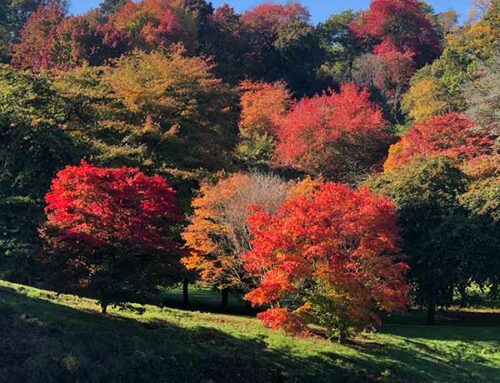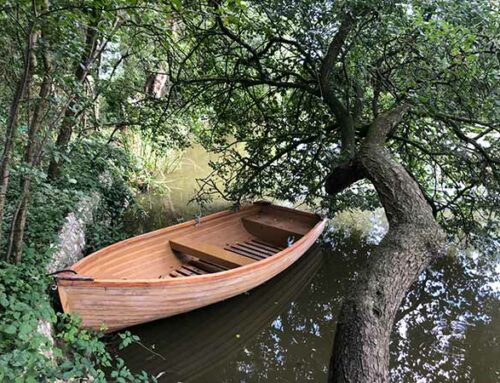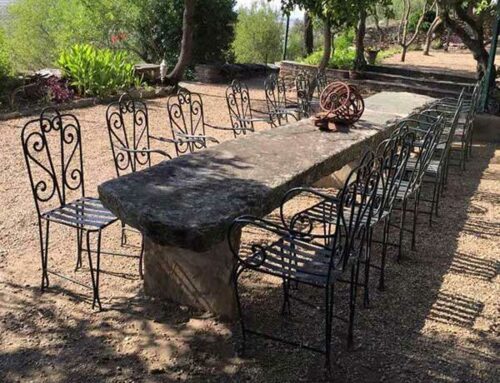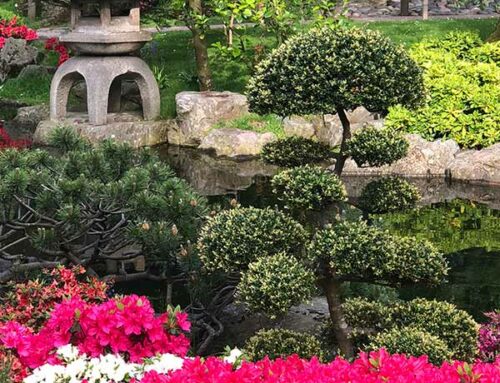The three hundred square miles of the Loire valley are home to over 300 Chateaux, 42 of which comprise a UNESCO World Heritage site.
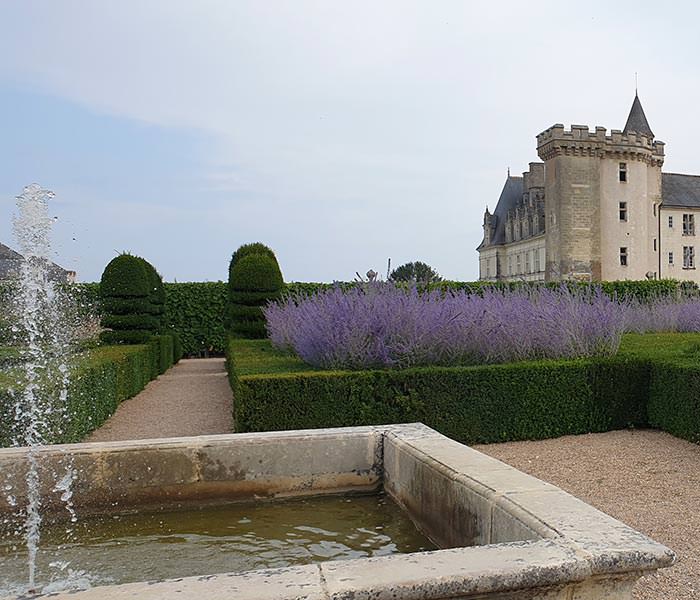
The Ornamental Garden
However, of all of these beautiful Chateaux, none can rival the marvellous gardens at Chateau Villandry. These gardens are one of the finest examples of French formal gardens; a style typified by Versailles.
With neat, geometric-shaped hedging and lush beds of brightly flowering shrubs, this style is brought to life wonderfully on the temperate slopes of the Loire. These structured areas known as parterre are created using hedging such as Taxus Baccata (yew) and Portuguese Laurel pruned in symmetrical patterns along with central planting beds which include perennials, fruit trees, shrubs, herbs or topiary. We would recommend Ilex Crenata (Japanese Holly) also as a hedging plant if you are looking to create good structure.
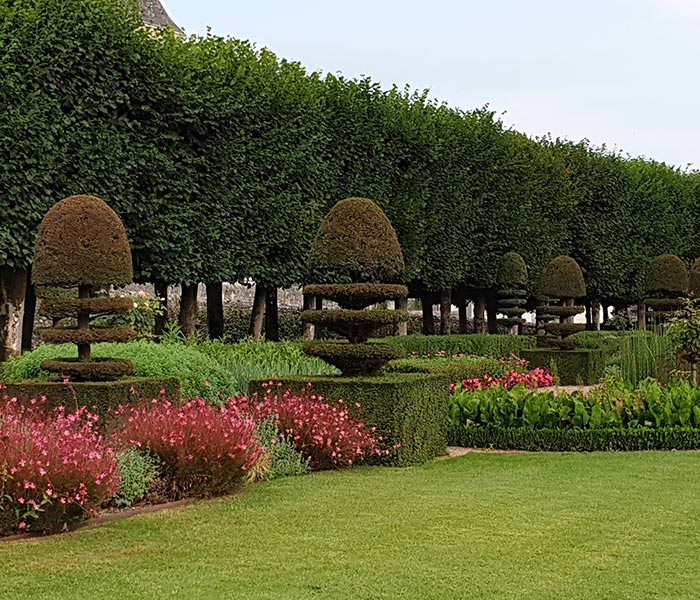
The Herb Garden.
The Loire area has been a symbol of French power and majesty for millennia. Before the Chateau was completed in 1536 by Jean De Bretón, the site housed an ancient fortress known as Columbine. Here in the 11th century Henry II of England conceded defeat to Philip I of France, and in the 12th century Henry’s son, Richard the Lionheart, met here with Philip II to discuss peace terms.
The gardens are set over three tiers around the estate, bordered by colonnaded canals and raised walkways covered with grapevines (the region being renowned for wine). The most famous of these, the Belvédère offers fantastic views of the chateau, the two Salon gardens, and the large multicoloured patchwork of the kitchen garden. These gardens are divided by precisely clipped hedges, and punctuated by all kinds of Yew Topiary. To add to this there is an incredible range of half standard roses and grand arches of climbing plants. The entire estate is overlooked by fabulous ancient woodland.
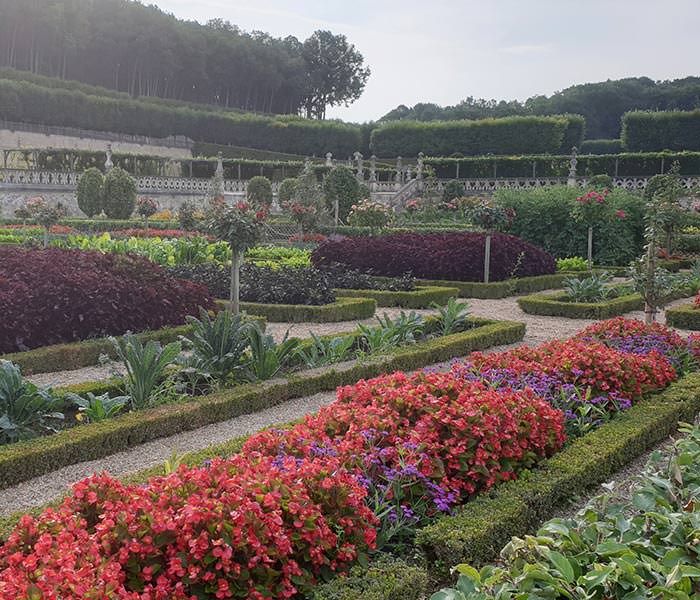
The Kitchen Garden also called The Vegetable Garden
Despite this extensive display of classical French culture, those we have to thank for these awe inspiring gardens were not members of the French Royal family – they lived less than a hundred years ago, and were not even French.
Joaquín (ho-ah-keen) Carvallo was a Spanish doctor who, when working in Paris, met and fell in love with Ann Coleman. She had inherited a profitable business and they used this money to buy the Chateau Villandry in 1906. The gardens they inherited looked very different to the ones we see today. In the 19th century an English style of garden had been fashionable. However, Joaquín was totally set on restoring the gardens to a 16th century French style. He researched meticulously, consulting many literary sources of the time, even using archaeological digs of the site to ensure his design was faithful to the chateau. His designs were so extensive that the most recent instalment – the sun garden – was opened by his great-grandson, Henri, in 2008 for the centenary of the garden renovation.
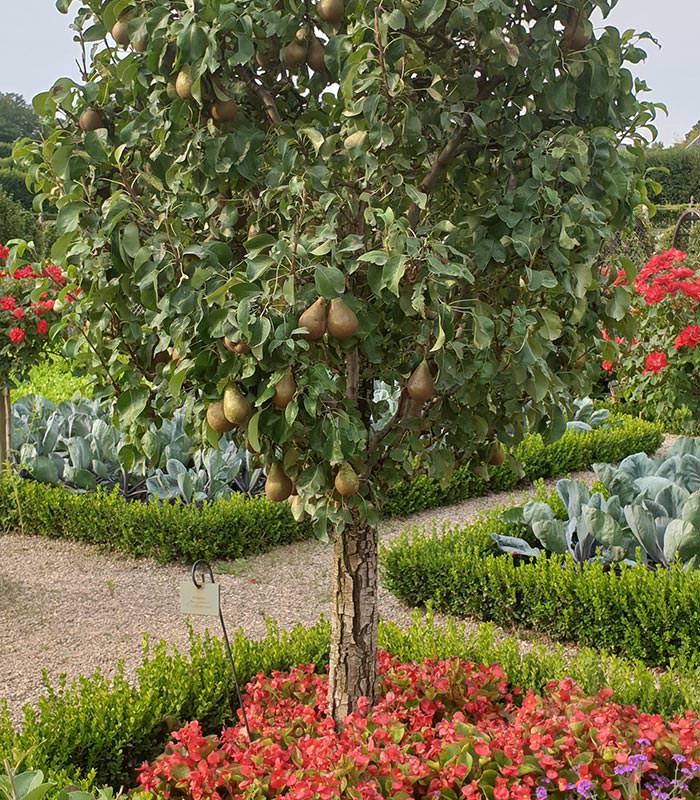
The Ornamental Garden – First Salon
Among the first gardens built were the first and second salons, or ‘living gardens’. Together they are the most exemplary displays of French formal gardening on the estate, as they heavily employ tightly clipped, highly complex patterns of Buxus Hedging (Boxwood). The first was a commission of artist Lozano and landscape architect Javier de Winthuysen, and expresses four kinds of love through four distinct areas: tender, passionate, fickle and tragic. They are separated by a canal from the second salon. This was Carvallo’s own design intended to evoke musical imagery. This can be seen in triangular shapes which denote lyres and harps, other hedges are in the shapes of musical notation, and tiered yew topiary emulate candelabras which would have lit the music. All this is punctuated by gentle blue Perovskia (Russian Sage) and arranged around three fountains.
Some of the gardens have a more practical use. The kitchen garden was created during WWI to feed hospitalised patients staying at the chateau.
However, this didn’t stop Carvallo staying true to the heritage of the land. In nine patches in a 3×3 grid, the beds are laid in intricate patterns to encourage the visitor to wander among them and appreciate the vibrant, bountiful crops. Today plantings take place twice a year. This serves a dual purpose: to achieve harmony of colours as well as to rotate crops to avoid exhausting the soil. These food gardens were originally inspired by monastic tradition, and in line with this, half standard roses adorn the beds, symbolising the Virgin Mary. Next to this is the more humble herb garden, made of three patches and also drawing on monastic tradition. This was completed from Carvallo’s designs in 1970 by his grandson Robert and his wife Marguerite.
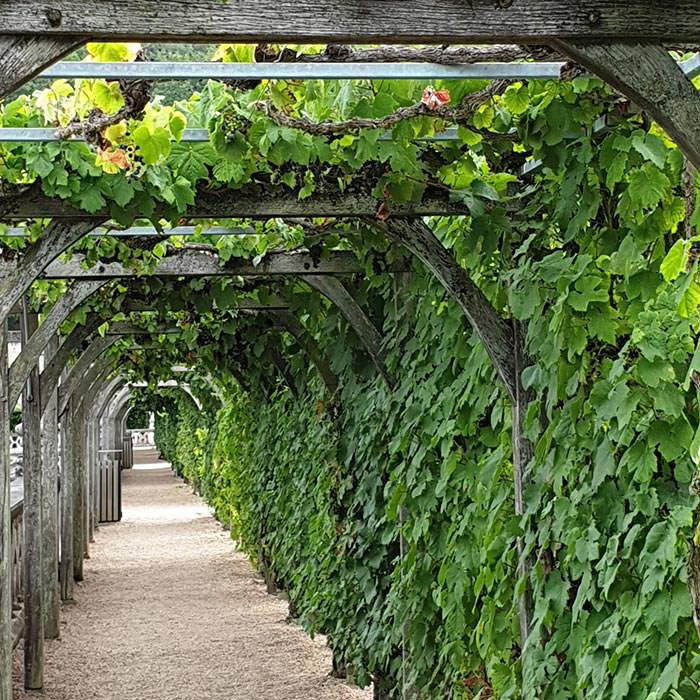
The Herb Garden with this incredible Climbing Grape Vines.
The latest addition to gardens is the sun garden, opened in 2008 and containing three sections: the children’s chamber, with games and apple trees; the sun chamber of perennial beds centred around an eight pointed star fountain, and the cloud chamber, the most modern design in the whole garden, where grass paths wind around patchy beds of mature roses and other shrubs. The garden is surrounded by avenues of pleached lime trees.
This astoundingly complex garden is irrigated by the water garden, which takes strong influence from Italian renaissance gardens with its many fountains, large pond, and classical cascade which feeds water from the pond to the numerous beds around the estate.
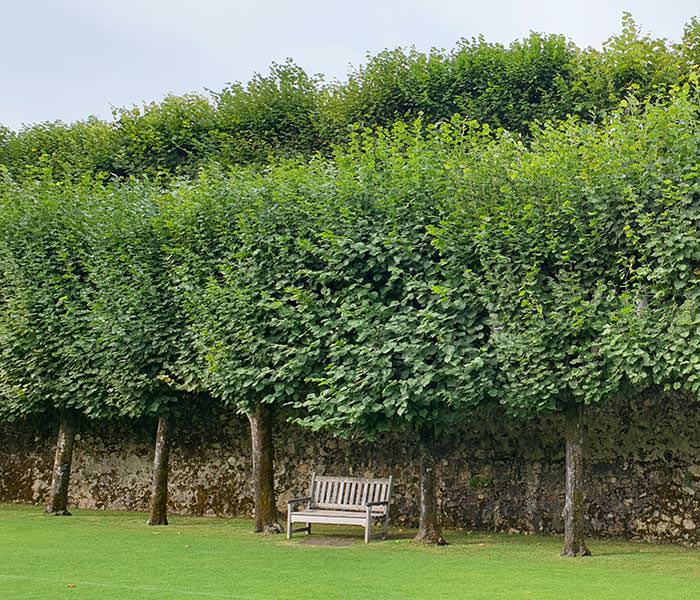
Beautiful walk along the Water Garden.
The area’s rich history is not limited to the chateau. Just outside the gardens sits a 15th century village and within it, an 11th century church where Carvallo was buried in 1936 – late enough to see the chateau being designated a ‘Monument Historique’ by the French Government in 1934, surely the pinnacle of his dream to restore Chateau Villandry to its original splendour.
Few gardens in the world can truly match the incredible spectacle of the Chateau Villandry and its gardens. The rich culture of France and gardeners of the world surely owe a debt to Joaquín Carvallo and Ann Coleman for restoring Chateau Villandry to its glorious 16th century heritage.
If you are inspired by the gardens at Chateau Villandry, visit the Paramount Plants website to create your own formal garden from our wide range of topiary, hedging and flowering trees and shrubs. We sell Online UK-Wide.

